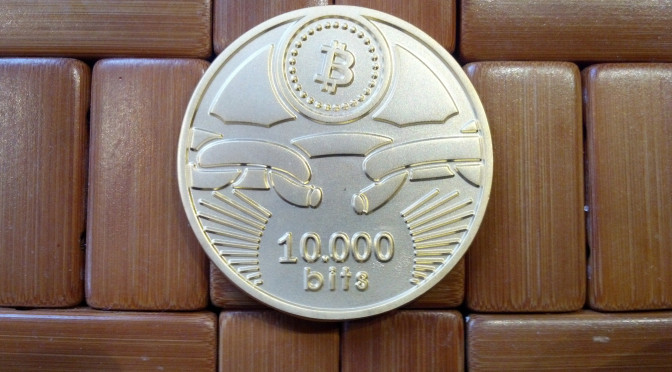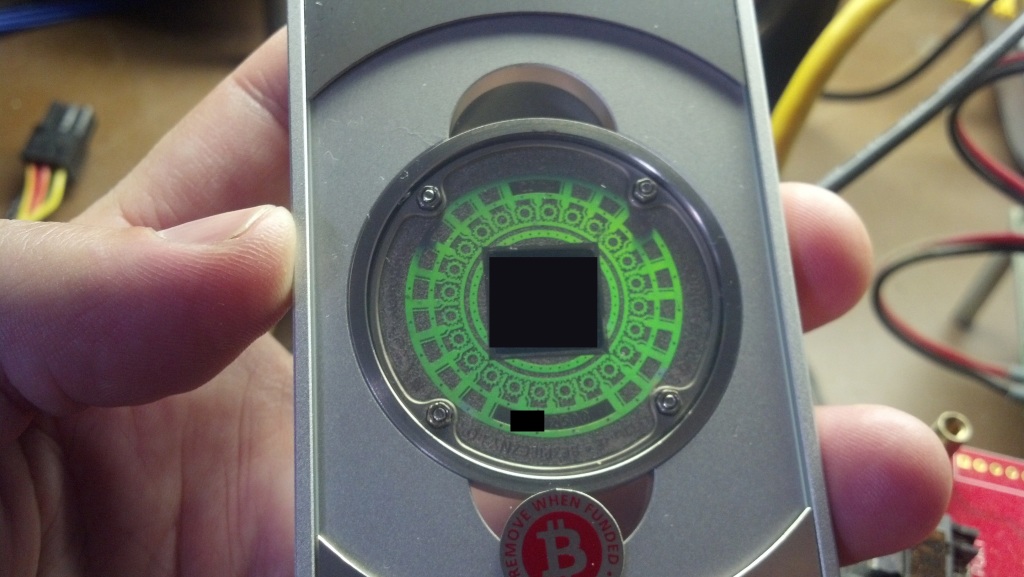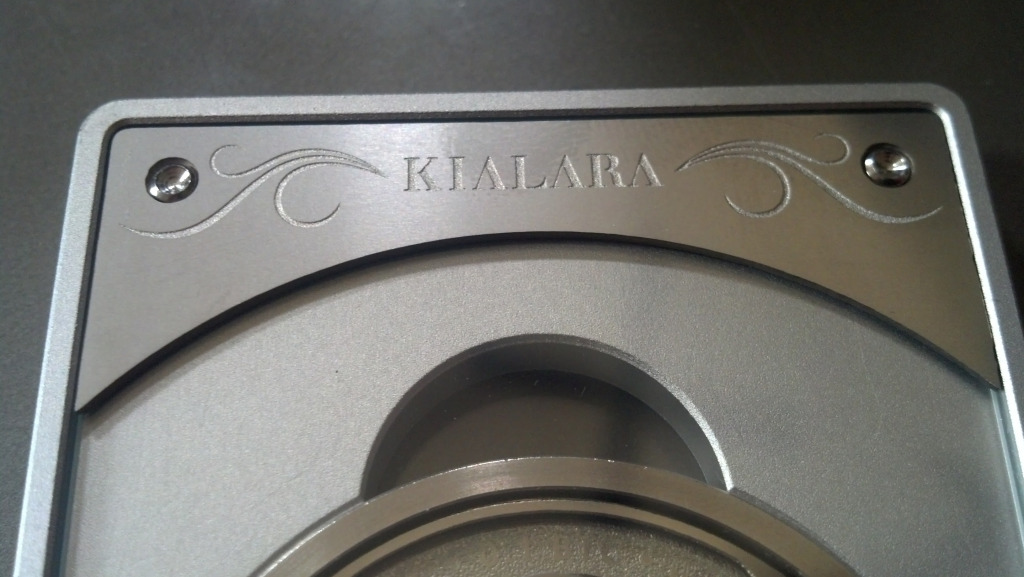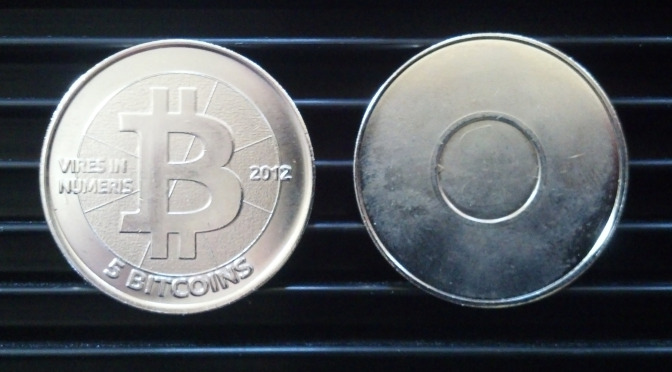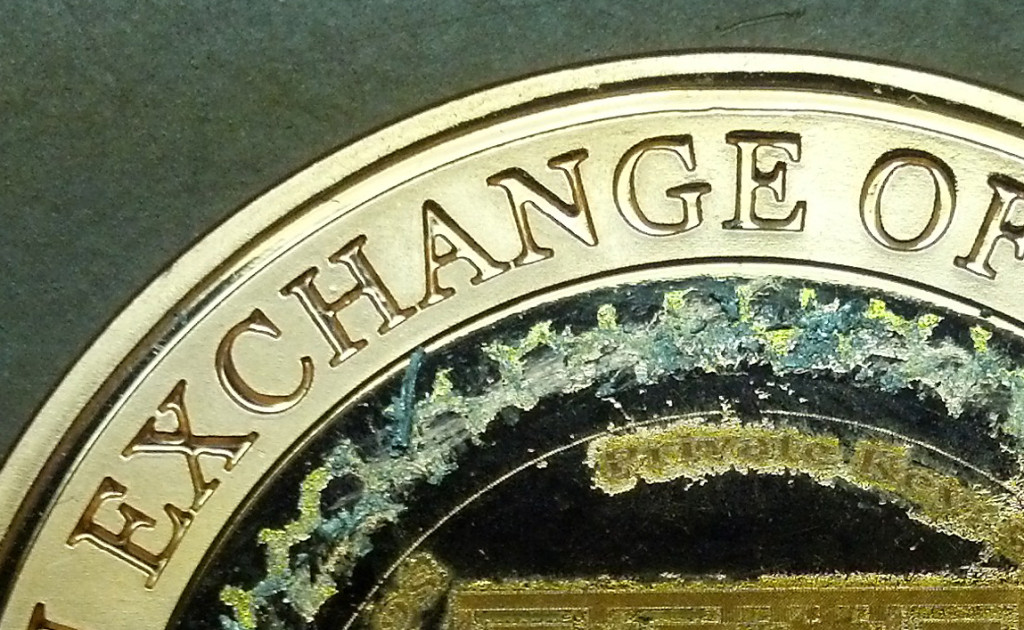The original Kialara bitcoin cold wallet was an elegant chimaera, a coin-like construct enclosing a private key, itself encased in a bar, made of plastic, glass, aluminum and steel. Lions, dragons and gears cavorted on its face, and seemed like the sort of compact sculptural object that might be dreamed up by a sentient machine.
The tiny machine theme evolves in the second offering from Max Mellenbruch, the Kialara Labyrinth. It doesn’t just look as if the parts might move, they actually do, since the Labyrinth really is a labyrinth, the circular paths carved right into the surface of the coin and five tiny spheres tumble through the rings — silver spheres on the first 700 coins, and ceramic spheres on the remainder of the 2500-coin run.


It’s just as beautiful and well-constructed as the original, with the added bonus of having a game built in. A very difficult game.
The goal is to get the 5 tiny spheres from the outermost ring to the innermost. The first time I tried it, I promptly concluded that this was impossible and abandoned all hope.
Then Mellenbruch announced a contest for the best time solving the puzzle and I thought, heck, I’ll give it another shot.
My best times seemed to be approaching infinity. The first time I solved it took more than 10 minutes, an agonizing, maddening eternity in which the tiny balls danced and flew in all directions like quicksilver in an earthquake. I couldn’t figure out any strategy of any use and despair set in again.
Eventually, though, you start to learn. Gentle, swishing loops, working with the labyrinth’s circles instead of fighting them, letting the spheres drop gently down to the next level instead of trying to force them along with my mind.
I shudder to think how long I spent in that labyrinth before I got a time under three minutes, then two, and finally managed a run completed at just 1:16. That felt good.
I tried to beat that, but never came close again. Fortunately, that time was good enough to win the contest. Yup! Here’s my video to prove it; apologies for the blurriness, but I was single-mindedly focused on the puzzle at the time.
My prize was the low-numbered Labyrinth #003, plus an original Kialara as well, which is a pretty great prize package.
Both of Mellenbruch’s designs are lovely works of collectible Bitcoin art, but they’re also as close to tamper-proof as a physical wallet can be without encryption, due to the elaborate and meticulous construction which includes details like countersunk screws glued in with red goop. It’s even harder to imagine counterfeits, since the sheer amount of work necessary to recreate one of these would be formidable.
They make for very elegant vaults, and the face denomination of .1 BTC doesn’t prevent you from saving more at that address. Still, I’d love to see an undenominated variation that the user could fund however they wanted.
But wherever Mellenbruch’s artistic instincts take him next, I wouldn’t be surprised if it exceeds our expectations yet again.

Standard disclaimer: It’s always, to some degree, a bad idea to let anyone else have access to a private key which controls any of your bitcoin wallets; in a sense, it goes counter to the bitcoin system itself. Once someone else has handled the key which controls your funds, you have to trust both that they exercised adequate security procedures while handling your key, and that they have not save copies of your key to exploit at some point in the unforeseen future. While some (such as Mike Caldwell of Casascius) have established trusted reputations, newer operators can only prove their trustworthiness over time.





